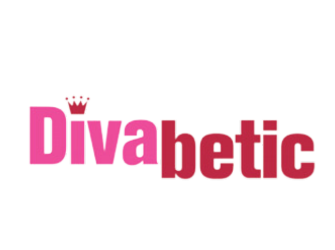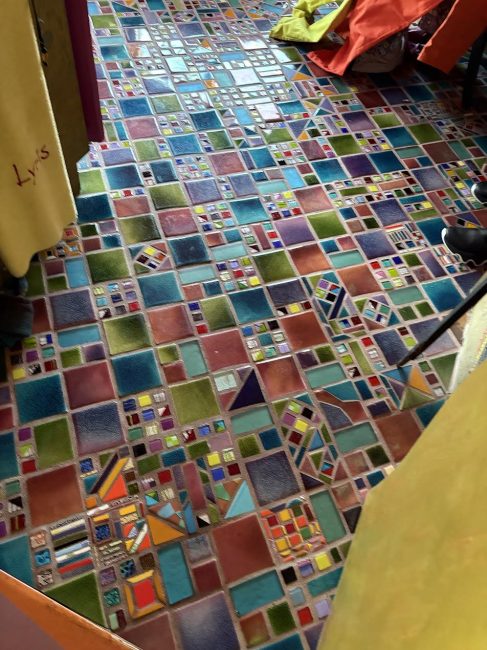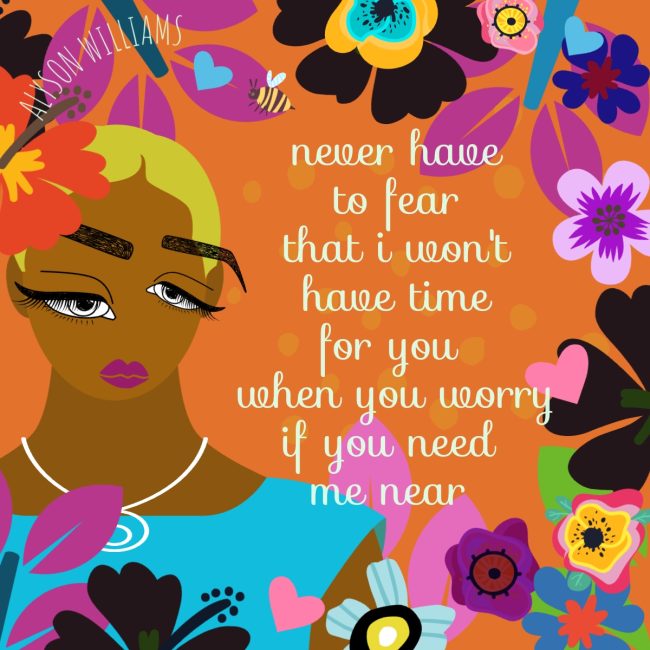Next month, the original Birkin handbag is set to be auctioned, and it is likely to fetch a record-breaking amount. This bag symbolizes a value that exceeds its contents, which presents a contradiction for someone living with diabetes.
For years, during our free monthly meetings at Divabetic, we have emphasized the importance of preparedness in self-care. Being ready for unexpected high and low blood sugar levels is essential.

A source of fast-acting carbohydrates (such as glucose tablets), glucagon, a glucose meter, test strips, lancets, insulin, syringes or insulin pens, ketone test strips, healthy snacks, water, and hand sanitizer are far more precious to people with diabetes than the bag that holds them. After all, no matter its value, a handbag cannot save a life.
Interestingly, the Hermès Birkin bag was created for actress Jane Birkin. It was designed in 1984 after she expressed her frustration while on a flight about not being able to find a suitable leather bag for travel, especially one that could serve as a carry-all for young mothers. She shared her thoughts with Hermès CEO Jean-Louis Dumas, saying, “Why don’t you make a bag that’s four times the size of the Kelly bag that you can leave open?” This inspired Dumas to design a black leather bag specifically for her, which later became the iconic Birkin bag. Jane Birkin receives $40,000 annually in royalties for the use of her name.
Being prepared—whether you’re carrying an expensive bag or a well-used knapsack—can significantly improve the management of diabetes, no matter where you are going or what you are doing.
An A1C is a blood test that gives your healthcare provider information about your average blood sugar over the last two to three months.
Rush Memorial Hospital‘s website states that researchers have found that lowering your A1C by just one percentage point helps lower your risk of the following complications by these amounts: Nerve Damage 60%, Eye Disease 75%, Kidney Disease 50%, and Heart Attack 57%.






















